I’m Sophia, and I still vividly remember the days when my little Labrador puppy, Max, struggled with commercial kibble that just didn’t meet his nutritional needs. Back then, I was desperate to find a solution that would truly nurture his growing body and boundless energy. After countless hours of research and trial in my kitchen, I discovered the magic of creating my own balanced, safe, and nutritious homemade puppy food.
This DIY puppy food recipe not only transformed Max’s puppy days—setting him on a path to a vibrant adult life—but also opened my eyes to the immense benefits of controlling every ingredient in his meals.
In this article, I’ll take you through my personal journey and provide a step-by-step guide on how to make homemade puppy food that’s perfect for your fur baby. We’ll dive into essential puppy nutrition tips, explore healthy ingredients, and share practical advice to help you craft meals that are both delicious and wholesome.
Whether you’re a first-time puppy parent or looking to upgrade your pet’s diet, this guide is your go-to resource for creating a nutritious, safe, and easy-to-make meal plan that will have your puppy thriving from day one.
Understanding Puppy Nutrition
When I first embarked on the journey of learning how to make homemade puppy food for my little Max, I quickly discovered that understanding puppy nutrition was key. Feeding Max wasn’t just about filling his bowl—it was about providing him with the perfect balance of nutrients to support his growth and playful spirit.
A. The Importance of a Balanced Diet:
A balanced diet forms the cornerstone of puppy nutrition. For growing pups like Max, every meal needs to be carefully crafted with the right blend of proteins, fats, carbohydrates, vitamins, and minerals. Proteins help build strong muscles, fats provide energy and support brain development, and carbohydrates fuel his busy little body. Vitamins and minerals are essential for a robust immune system and overall health. Through my DIY puppy food recipe journey, I learned that every ingredient counts, and ensuring a proper balance makes all the difference in your puppy’s vitality.
B. Age-Specific Nutritional Needs:
Puppies are in a constant state of growth and change. What worked for Max when he was a tiny bundle of energy needed adjustment as he matured. Early on, his diet required a higher concentration of proteins and fats to support rapid growth, while as he grew, the nutritional mix shifted to sustain his developing body. Recognizing these evolving needs was crucial for me when I decided how to make homemade puppy food that would be just right for every stage of his life. Tailoring the meals to his age helped ensure that Max received the optimal nutrients he needed during his formative years.
C. Common Myths vs. Facts:
There are plenty of myths surrounding commercial dog food versus homemade alternatives. One common misconception is that commercial kibble is automatically balanced and complete. However, my personal experience with Max taught me otherwise. Homemade puppy food, when prepared correctly, can offer superior nutritional value—free from artificial additives and preservatives often found in mass-produced options. By debunking these myths, I learned that a carefully planned DIY puppy food recipe can not only match but even surpass the nutritional benefits of commercial products, ensuring that every bite contributes to your puppy’s healthy development.
Benefits of Homemade Puppy Food
After witnessing the remarkable change in Max’s health and energy levels, I became a true believer in the benefits of homemade puppy food. Crafting each meal by hand opened up a world of possibilities that far exceeded what commercial options could offer.
A. Quality and Control:
One of the greatest advantages of learning how to make homemade puppy food is the complete control over what goes into your pet’s meals. I carefully selected high-quality, fresh ingredients—organic vegetables, lean proteins, and whole grains—ensuring that Max received nothing but the best. This control not only boosted his energy and immune system but also gave me peace of mind knowing exactly what was nourishing his growing body.
B. Avoiding Additives and Preservatives:
Commercial dog food often contains additives, fillers, and preservatives that can compromise the nutritional integrity of the food. With homemade puppy food, you’re free from these concerns. I found that eliminating unnecessary chemicals and focusing on natural ingredients made a significant impact on Max’s overall well-being. By preparing meals at home, I ensured that every ingredient was pure and beneficial, paving the way for a healthier, happier life for my beloved Labrador.
C. Customization:
Every puppy is unique, and their dietary needs can vary based on breed, size, and health conditions. One of the most rewarding aspects of making homemade puppy food is the ability to customize recipes to suit your pet’s specific requirements. In my case, I adjusted Max’s meals to balance his protein and carbohydrate intake perfectly, which helped him maintain an optimal weight and active lifestyle. Whether your puppy has food sensitivities or unique nutritional needs, a tailored DIY puppy food recipe allows you to create meals that are just right for them.
By diving into these aspects of puppy nutrition and the benefits of homemade meals, you’ll not only learn how to make homemade puppy food that nourishes your pet but also gain insights into creating a balanced diet that supports lifelong health. Stay tuned as we explore more practical tips and step-by-step instructions to transform your puppy’s meals into a celebration of nutrition and love.
Essential Ingredients for Homemade Puppy Food
When I first discovered how to make homemade puppy food for my little Max, I quickly realized that the secret to his vibrant energy and eventual strong, adult physique lay in the quality of his ingredients. Every meal was an opportunity to fuel his playful spirit and growing body with love and care.
A. Protein Sources:
Proteins are the building blocks for muscle development. For Max, lean options like chicken, turkey, and even lean beef were game-changers. Choosing high-quality, easily digestible proteins ensured that every bite was a step toward a healthier, stronger pup.
B. Carbohydrates & Fats:
Carbohydrates such as brown rice and oats provide slow-releasing energy, while healthy fats—like those found in olive oil—support brain development and a shiny coat. I learned that balancing these nutrients was essential in creating a meal that was both nourishing and delicious for a growing puppy.
C. Vegetables and Fruits:
Incorporating vegetables and fruits like carrots, peas, and apples not only enhances flavor but also packs in vitamins and antioxidants. These natural ingredients played a vital role in boosting Max’s immune system and overall vitality.
D. Supplements:
Even with the best natural ingredients, sometimes a little extra boost is needed. Adding omega fatty acids, calcium, or other supplements can help fill nutritional gaps. In Max’s early days, these supplements ensured that every meal contributed to his rapid growth and well-being.
Over time, I fine-tuned my approach to how to make homemade puppy food by experimenting with these ingredients, always keeping Max’s health and happiness at the forefront. With this foundation, I developed a range of recipes tailored to each stage of a puppy’s growth, ensuring that every phase of your puppy’s life is met with optimal nutrition.
Step-by-Step Guide: How to Make Homemade Puppy Food
Armed with an understanding of the essential ingredients, I set out to craft practical, easy-to-follow recipes that could adapt as your puppy grows—just as I did for Max. Below, I share three nutritious recipes, each designed for a different stage of your puppy’s development. These DIY puppy food recipes will help you master how to make homemade puppy food that is both balanced and bursting with flavor.
Recipe 1: Easy & Healthy Homemade Puppy Food – Chicken, Rice & Veggie Recipe
(Perfect for early puppyhood when every bite counts!)
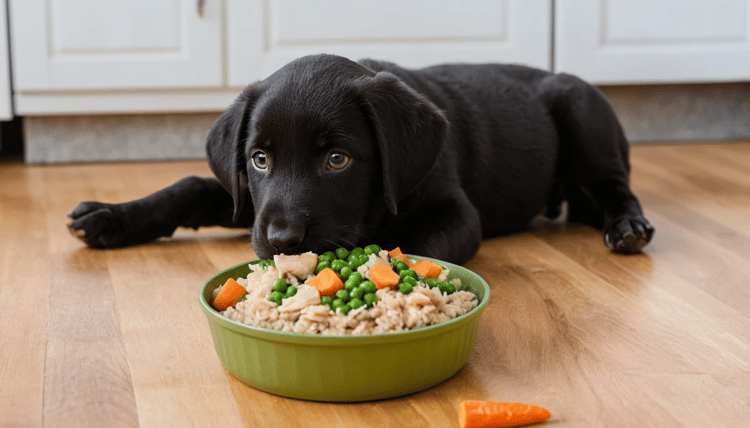
Ingredients:
- 1 lb boneless, skinless chicken breast (or turkey)
- 1 cup brown rice (a great source of complex carbohydrates)
- 3 cups water (or low-sodium chicken broth for extra flavor)
- 1 cup carrots, chopped (rich in beta-carotene)
- 1 cup peas (packed with vitamins and minerals)
- 1/2 cup spinach, finely chopped (a nutrient-dense leafy green)
- 1 tablespoon olive oil (for healthy fats)
Instructions:
- Rinse the chicken thoroughly. In a large pot, combine the chicken and water (or broth). Bring to a boil, then reduce heat and simmer for about 15–20 minutes until the chicken is fully cooked.Remove the chicken, let it cool slightly, and then shred or chop it into bite-sized pieces.
- Rinse the brown rice under cool water. In a separate pot, combine the rice with 2 cups of water (or follow package instructions) and simmer until tender, typically 40–45 minutes.
- While the rice cooks, lightly steam the carrots, peas, and spinach until they are soft (around 5–7 minutes) to retain most of their nutrients.
- In a large mixing bowl, combine the shredded chicken, cooked rice, and steamed vegetables. Drizzle with olive oil and stir well to evenly distribute the healthy fats.
- Allow the mixture to cool completely before serving. Portion based on your puppy’s weight, age, and activity level.
Store leftovers in an airtight container in the refrigerator for up to 3 days, or freeze portions for later use.
This recipe was a game-changer for Max during his early puppy days, providing him with a balanced blend of protein, energy, and essential vitamins.
Recipe 2: Nutritious Mid-Growth Meal – Turkey, Quinoa & Veggie Medley
(Ideal for puppies entering that energetic mid-growth phase!)
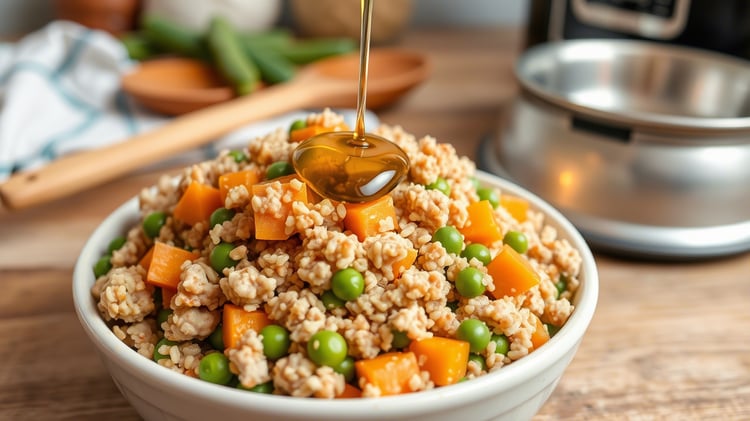
Ingredients:
- 1 lb lean ground turkey
- 1 cup quinoa (a protein-packed alternative to rice)
- 3 cups low-sodium turkey broth or water
- 1 cup sweet potato, diced (rich in fiber and beta-carotene)
- 1 cup green beans, chopped (a source of vitamins and minerals)
- 1/2 cup peas (for added vitamins)
- 1 tablespoon flaxseed oil (for omega fatty acids)
Instructions:
- In a large pan, cook the ground turkey over medium heat until fully browned. Drain any excess fat.
- Rinse the quinoa thoroughly. In a pot, combine quinoa with broth (or water) and simmer for about 15 minutes until fluffy and fully cooked.
- Dice the sweet potato and chop the green beans. Lightly steam the sweet potato, green beans, and peas for 5–7 minutes until tender.
- In a large bowl, mix the cooked turkey, quinoa, and steamed vegetables. Drizzle the flaxseed oil over the mixture and stir to incorporate evenly.
- Let the meal cool to room temperature. Serve appropriate portions based on your puppy’s current needs.
Store leftovers in the refrigerator for up to 3 days or freeze for future meals.
This recipe was introduced when Max was in his mid-growth stage, helping him transition from soft puppy meals to more robust flavors and textures while still receiving essential nutrients.
Recipe 3: Transition Puppy Meal – Beef, Barley & Vegetable Blend
(Designed for puppies approaching adulthood who need a balanced transition diet!)
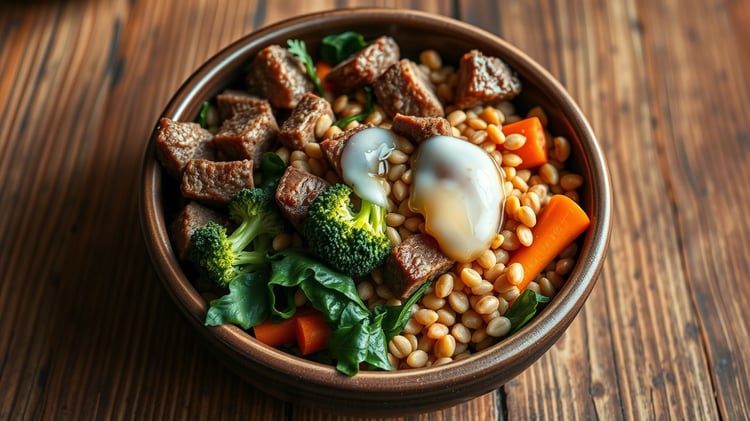
Ingredients:
- 1 lb lean beef, cut into small cubes
- 1 cup barley (a hearty grain that aids digestion)
- 3 cups water or low-sodium beef broth
- 1 cup broccoli, chopped (loaded with vitamins and antioxidants)
- 1/2 cup carrots, sliced (for extra beta-carotene)
- 1/2 cup spinach, chopped (nutrient-dense for overall health)
- 1 tablespoon coconut oil (for added healthy fats and flavor)
Instructions:
- In a large pot, add beef with water (or broth) and simmer until the beef is tender, about 20–25 minutes. Remove and let cool before chopping into bite-sized pieces if not already cubed.
- Rinse the barley under cool water. In another pot, combine barley with water (or broth) and simmer for about 40 minutes until soft and chewy.
- Lightly steam broccoli, carrots, and spinach for 5–7 minutes, ensuring the vegetables retain their nutritional value.
- In a large bowl, mix the tender beef, cooked barley, and steamed vegetables together. Drizzle with coconut oil, stirring well to distribute the flavor and healthy fats.
- Allow the meal to cool completely before serving it to your puppy. Adjust the serving size based on your puppy’s age and activity level.
Store any leftovers in an airtight container in the refrigerator for up to 3 days, or freeze portions as needed.
This transition meal was developed as Max matured, bridging the gap between puppy food and the more substantial meals of an adult dog while ensuring he continued to receive balanced nutrition.
Each of these step-by-step recipes reflects my personal journey in learning how to make homemade puppy food that adapts with your puppy’s needs. By using fresh, high-quality ingredients and tailoring each meal to different growth stages, you too can provide your beloved fur baby with meals that not only taste great but also promote lifelong health and happiness.
Enjoy this culinary adventure with your pup—just as Max and I did!
Transitioning to Homemade Puppy Food
When I decided to switch Max from commercial kibble to homemade meals, I knew that a smooth transition was essential for his comfort and health. Learning how to make puppy food that was both nutritious and appealing meant gradually mixing his old meals with my freshly prepared recipes. I started by incorporating just a small portion of my homemade food into his regular meal, gradually increasing the ratio over several days. This gradual transition helped Max adjust to the new flavors and textures without any digestive upset.
A. Gradual Transition Plan:
Begin by mixing 25% homemade food with 75% of his current diet. Over the next 7–10 days, slowly increase the proportion of your homemade recipe. This not only eases the change but also allows you to monitor any reactions as his body adapts to the new, wholesome ingredients.
B. Monitoring Your Puppy’s Health:
Keeping a close eye on your puppy’s behavior is crucial during this transition. Watch for signs of improved energy levels, a shinier coat, and overall happiness. However, if you notice any signs of discomfort—like digestive issues or lethargy—consult your veterinarian immediately. With Max, I tracked his progress daily and adjusted the recipe as needed, ensuring every meal was a step toward a healthier life.
C. Tips for Picky Eaters:
Sometimes, even the most nutritious homemade puppy food might not immediately appeal to a fussy eater. I discovered that adding a small amount of low-sodium chicken broth or lightly warming the meal can enhance the aroma and flavor, enticing your puppy to eat. Don’t be discouraged if your puppy seems hesitant at first; persistence and patience are key. Experiment with slight variations in seasoning or texture until you find what your little companion loves.
Common Mistakes to Avoid
Embarking on the journey of making homemade puppy food is rewarding, but it comes with its own set of challenges. Reflecting on my experiences with Max, here are some pitfalls to avoid so you can create the perfect meal for your fur baby.
A. Nutritional Imbalances:
One common mistake is overlooking the importance of a balanced diet. It’s essential to include the right mix of proteins, carbohydrates, fats, vitamins, and minerals. Overloading on one component while neglecting another can lead to nutritional imbalances. With Max, I learned that careful planning and sometimes consulting with a pet nutritionist were crucial to avoid such issues.
B. Unsafe Ingredients:
Not all ingredients are safe for puppies. Foods like onions, garlic, and chocolate must be strictly avoided. Always research each ingredient and stick to those known to be safe for your puppy’s diet. My early experiments taught me the hard way that even a small misstep can have significant consequences for your puppy’s health.
C. Over or Under Cooking:
Cooking your ingredients properly is key to preserving their nutritional value. Overcooking can destroy vital nutrients, while undercooking may leave harmful bacteria intact. I found that lightly steaming vegetables and properly cooking proteins were the best methods to retain nutrients while ensuring safety. Always follow tested recipes and cooking guidelines to maintain the quality of your homemade puppy food.
Frequently Asked Questions (FAQs): How to Make Homemade Puppy Food
How often should I feed homemade puppy food?
Feeding frequency depends on your puppy’s age and size. Generally, puppies benefit from three to four small meals a day. With Max, I started with four meals during his early months, gradually reducing the frequency as he grew older. Adjust portion sizes based on your puppy’s weight and activity levels.
What are the signs of a nutritional deficiency?
Watch for symptoms like a dull coat, lethargy, digestive issues, or unusual weight loss. If you notice any of these signs in your puppy, it may indicate that the diet is lacking certain nutrients. In my journey, regular vet check-ups were instrumental in ensuring that Max’s diet met his developmental needs.
Can homemade food be used for all breeds and sizes?
Yes, homemade puppy food can be customized for any breed or size. The key is adjusting the portion sizes and nutrient ratios to suit your puppy’s specific needs. Whether you have a tiny terrier or a robust Labrador like Max, tailoring the recipe will ensure optimal nutrition for your pet.
How do I balance the diet with supplements?
Supplements like omega fatty acids, calcium, and vitamins can be added to ensure a complete diet, especially if your homemade recipe lacks certain nutrients. I incorporated these supplements gradually for Max, based on recommendations from our veterinarian, ensuring he received all the necessary nutrients for healthy growth.
Conclusion: How to Make Homemade Puppy Food
As we wrap up this comprehensive guide on how to make puppy food, I hope my journey with Max inspires you to take control of your puppy’s nutrition. We’ve explored everything from selecting essential ingredients and following detailed, step-by-step recipes, to transitioning gradually from commercial meals and avoiding common mistakes. Every aspect of this journey has been about nurturing our furry friends with the best possible care and love.
Now, imagine transforming your puppy parenting challenges into a rewarding, joyful experience. Are you tired of feeling overwhelmed by feeding schedules, portion sizes, and nutritional uncertainties? Picture a world where your puppy’s tail wags with happiness at every meal, thanks to carefully crafted, homemade food that fuels their growth and energy.
I invite you to join our free 30-Day Homemade Dog Food Challenge—a step-by-step program designed to help you master how to make puppy food that’s perfectly balanced, safe, and delicious. Plus, don’t miss out on my new ebook, Raising a Happy, Healthy Puppy: Recipes and Feeding Tips for 8 Weeks to 10 Months. This comprehensive resource, titled "Raising a Happy, Healthy Puppy: Recipes and Feeding Tips for 8 Weeks to 10 Months," is packed with expert guidance, nutrient-packed recipes, training tips, and allergy awareness insights. Here’s a sneak peek at what you’ll get:
- Expert Guidance: Benefit from well-researched advice tailored to your puppy’s unique needs.
- Nutrient-Packed Recipes: Discover homemade meal plans for every stage of your puppy’s development, ensuring optimal health and happiness.
- Training Success: Turn training challenges into delightful victories with tried-and-true techniques.
- Allergy Awareness: Learn to recognize and address food allergies, ensuring your pup’s comfort and well-being.
- Exclusive Bonuses: Secure access to our Puppy Health Checklist and Weekly Email Tips—resources designed to make your puppy parenting journey smoother and more enjoyable.
Are you facing challenges with feeding schedules, picky eating, or nutritional concerns? Let us help you transform these worries into moments of joy, bonding, and tail-wagging success. Click the link below to purchase Raising a Happy, Healthy Puppy: Recipes and Feeding Tips for 8 Weeks to 10 Months and start your adventure towards raising a healthy, happy puppy today!
I’d love to hear your thoughts, questions, or experiences in the comments below. Join our community for more pet care tips, expert advice, and inspiring stories—together, we can nurture our puppies’ well-being and create a lifetime of memories.
Here's to a healthier, happier journey with your beloved puppy!
— Sophia & Max
[Join the Free 30-Day Homemade Dog Food Challenge Now!]
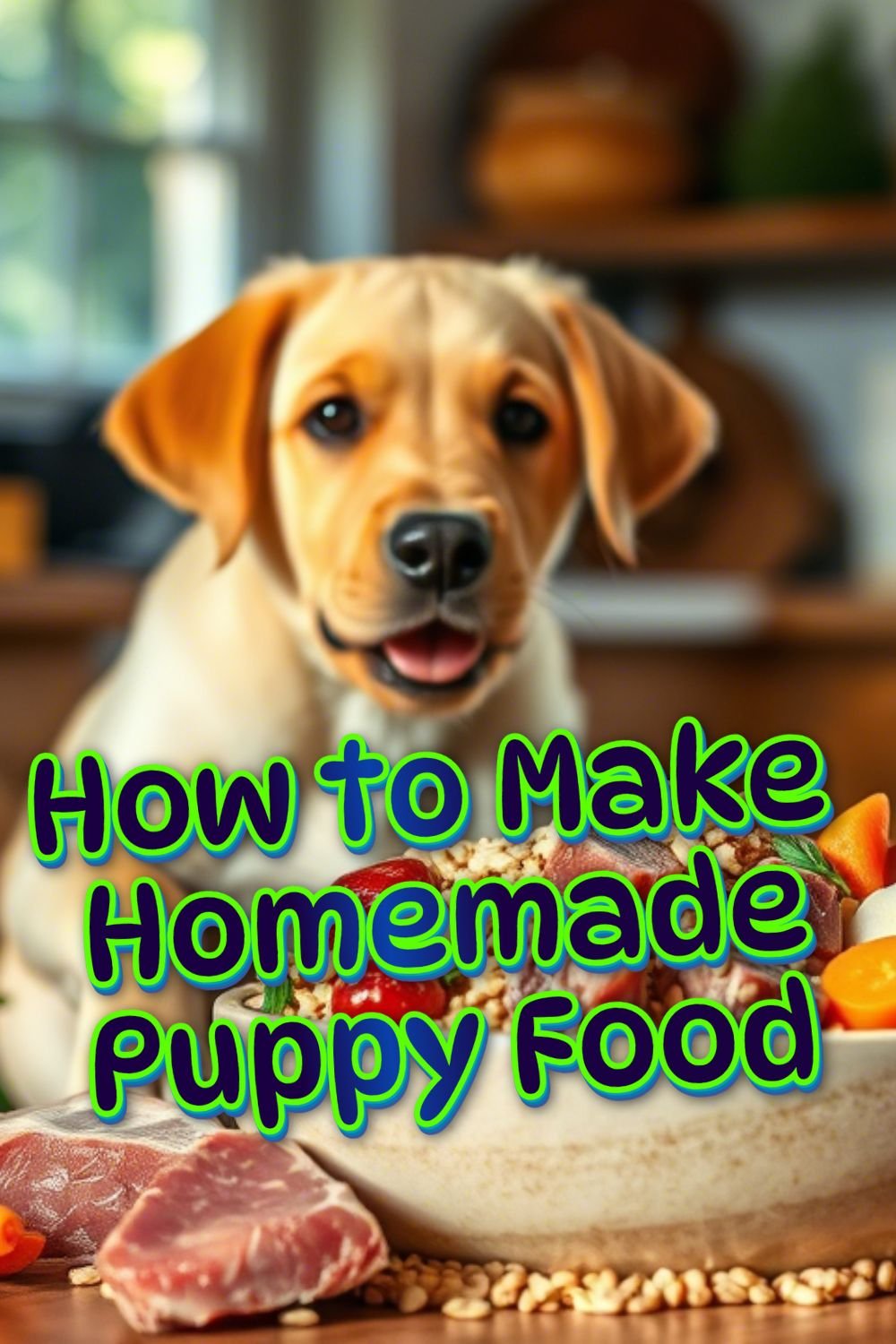



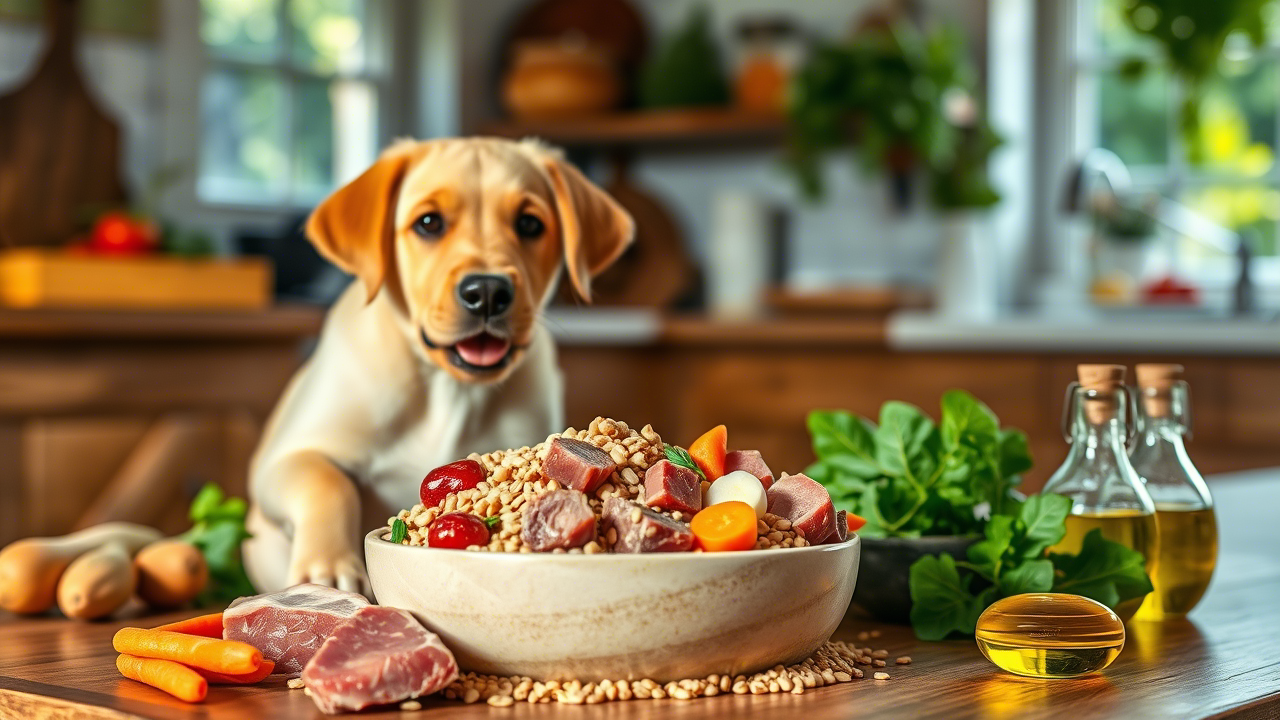
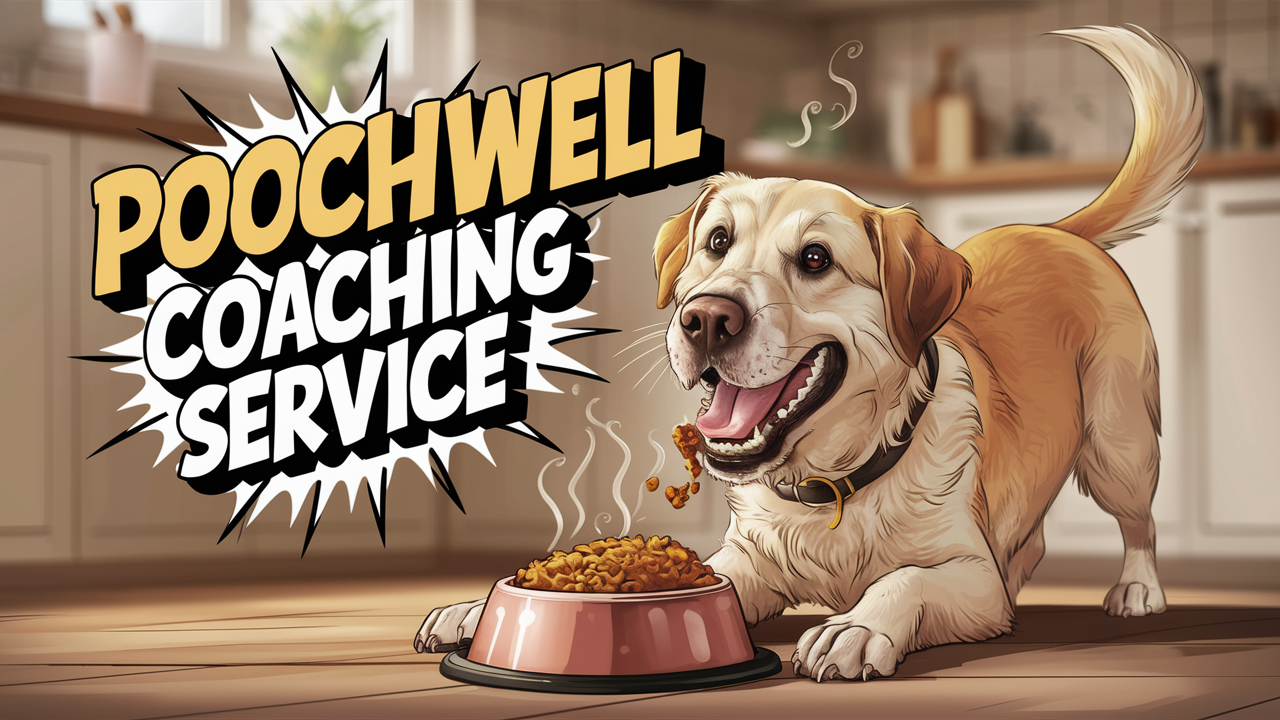
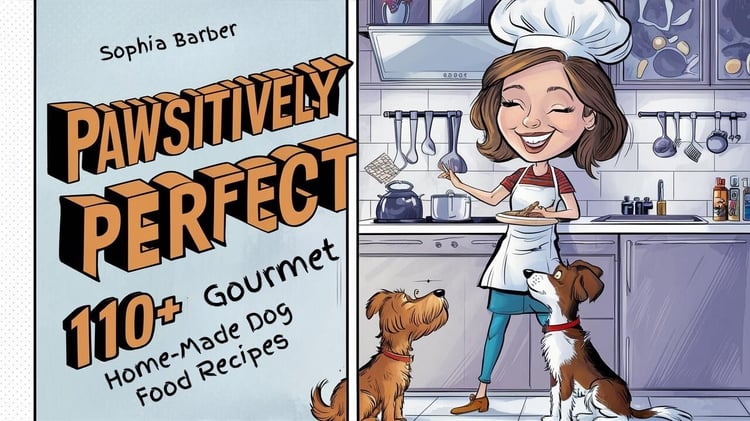
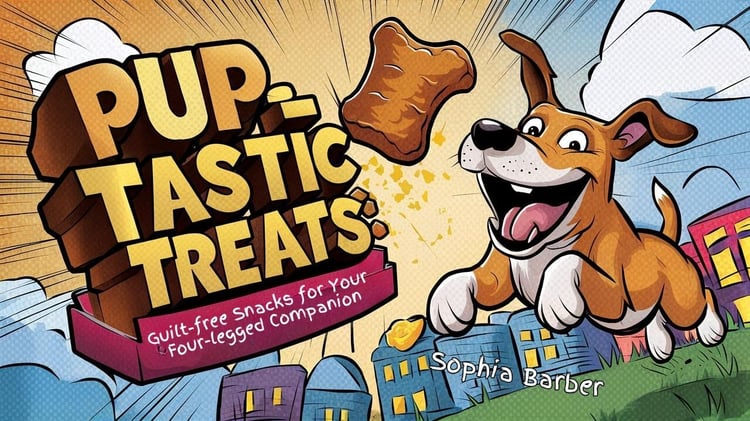
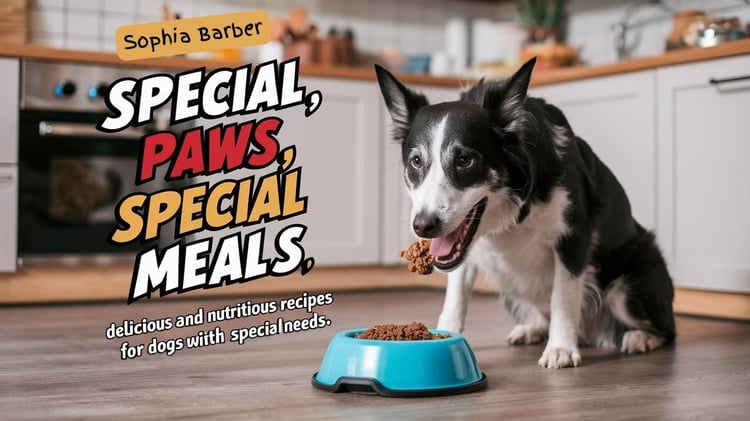
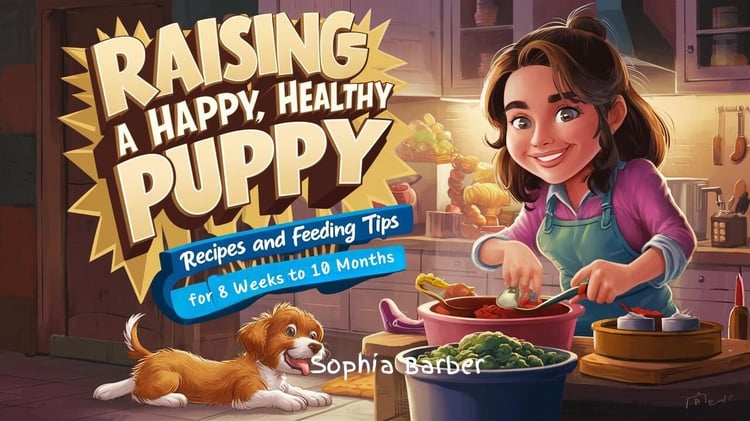
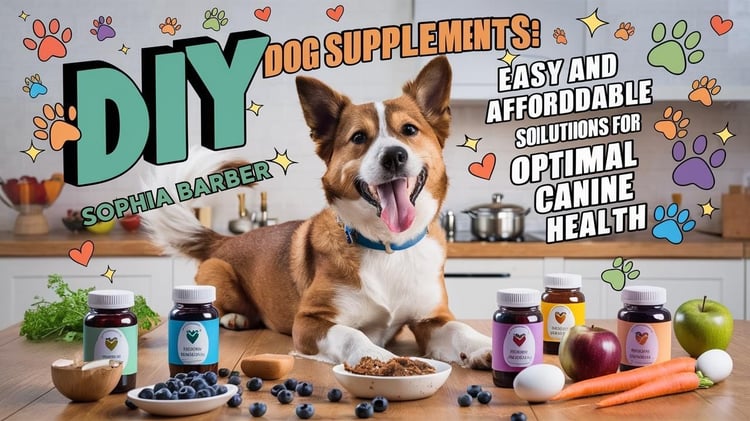
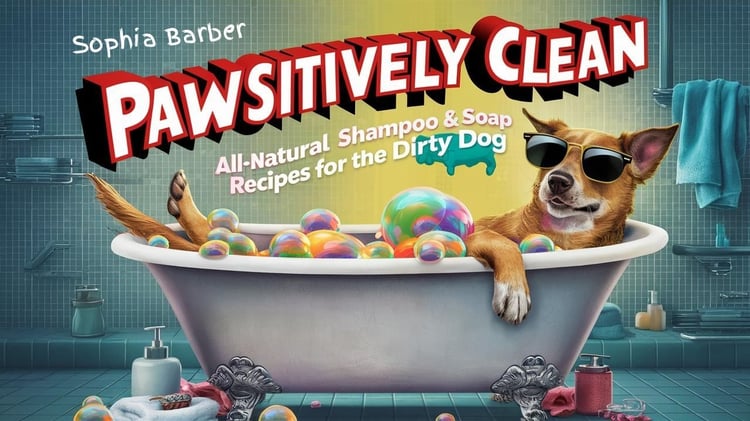
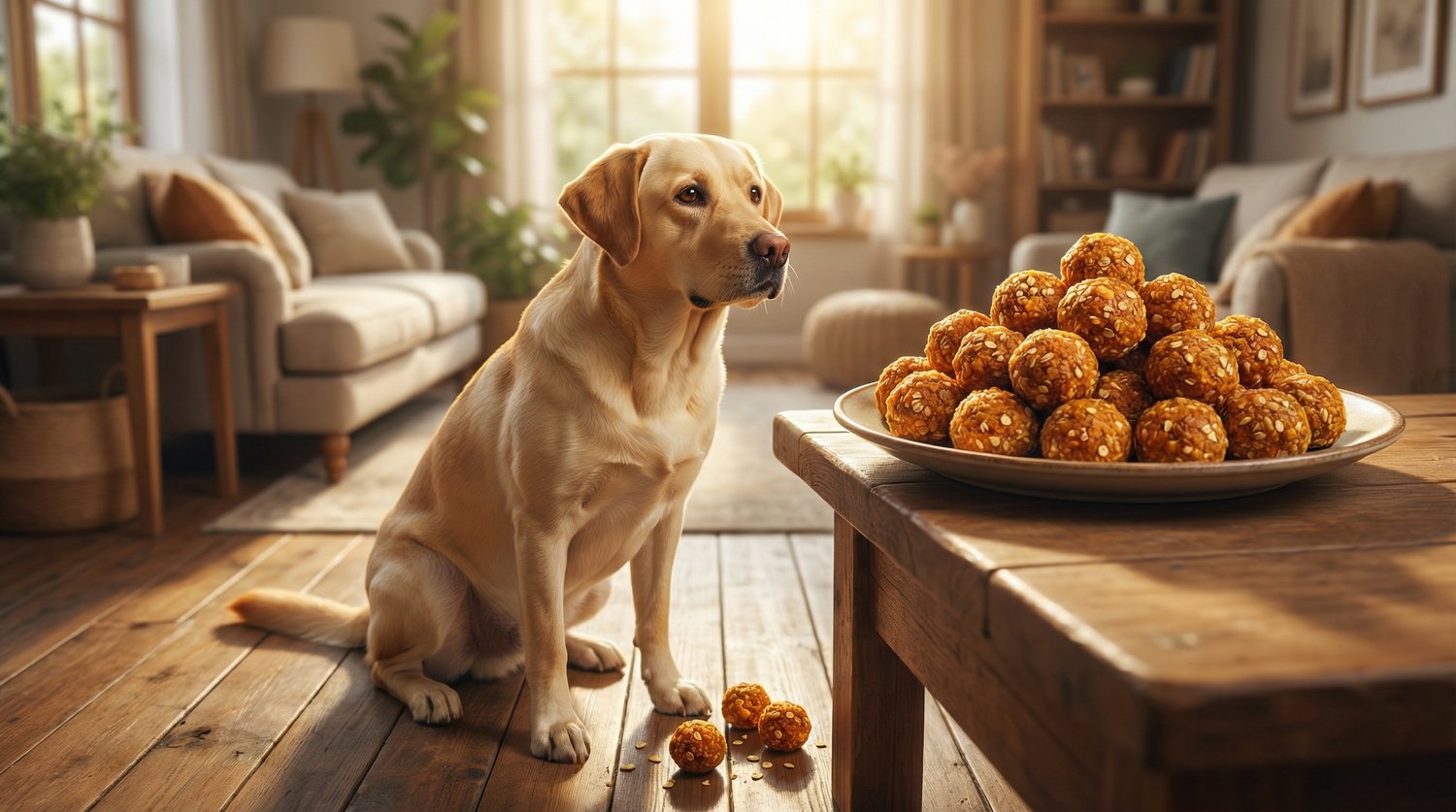

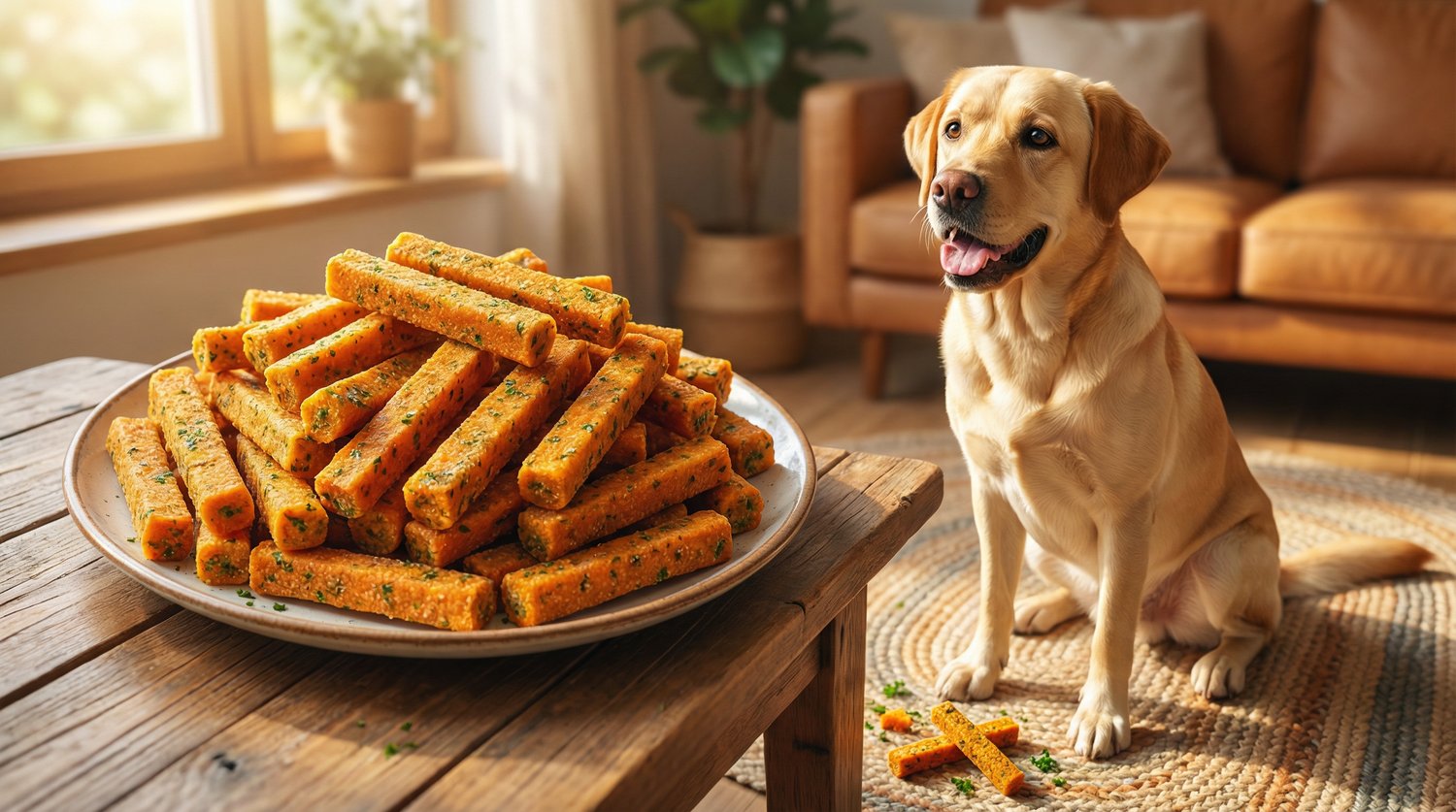
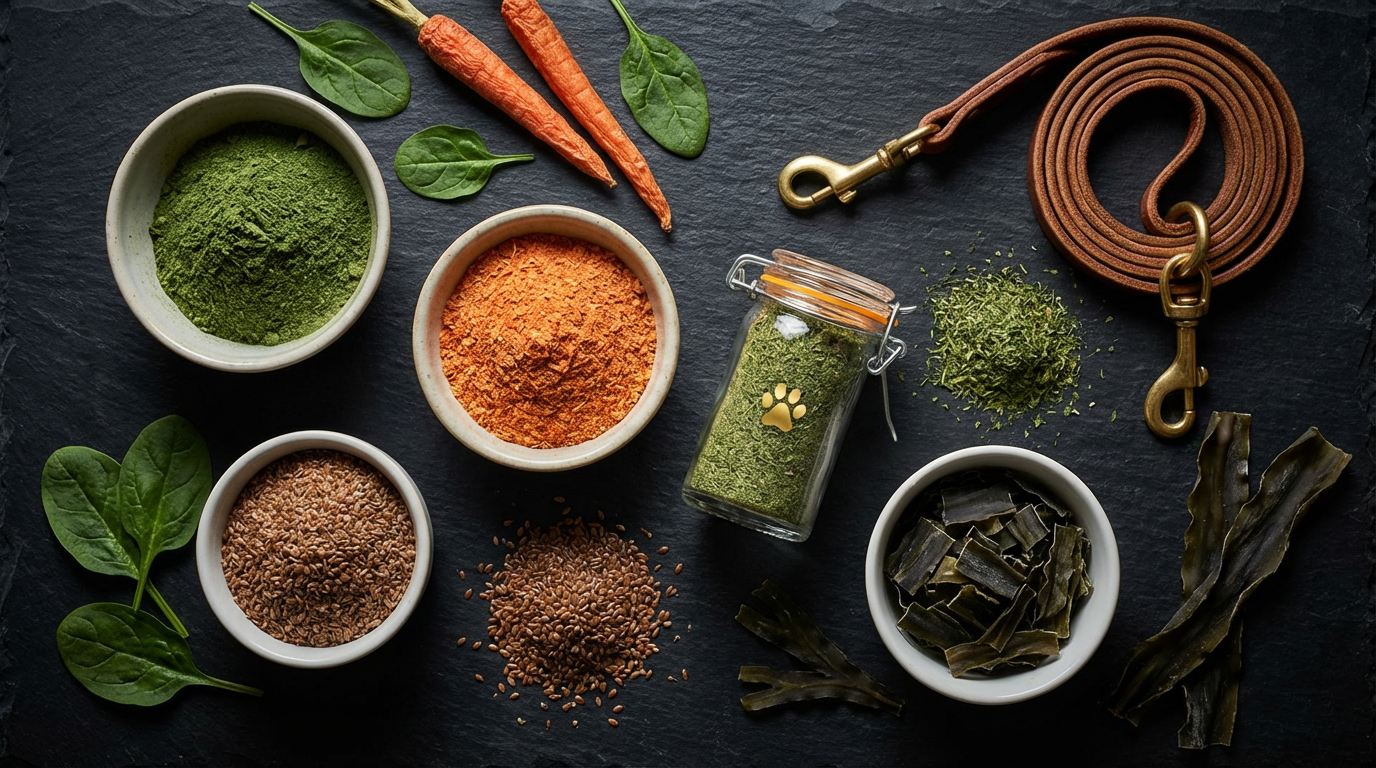

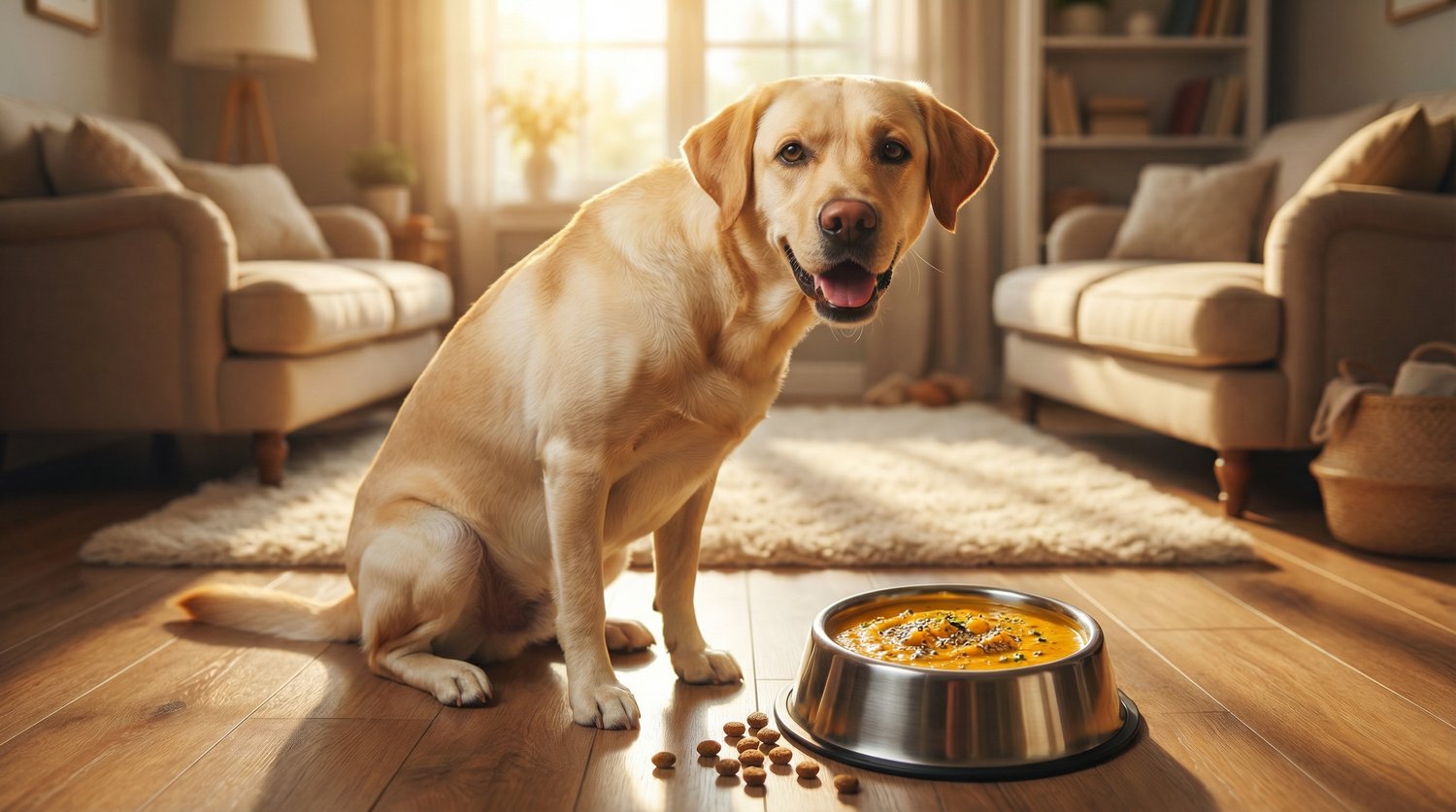
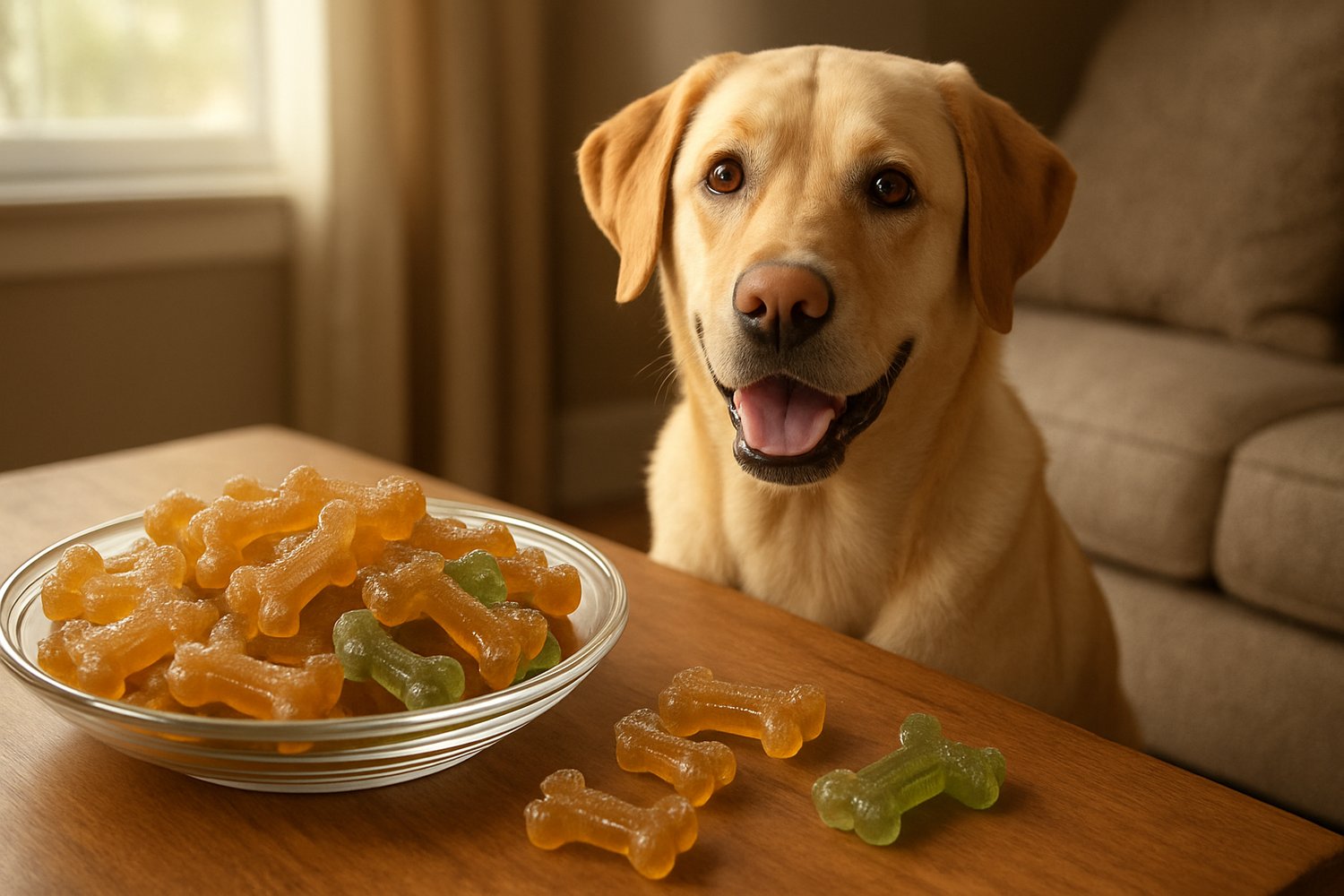
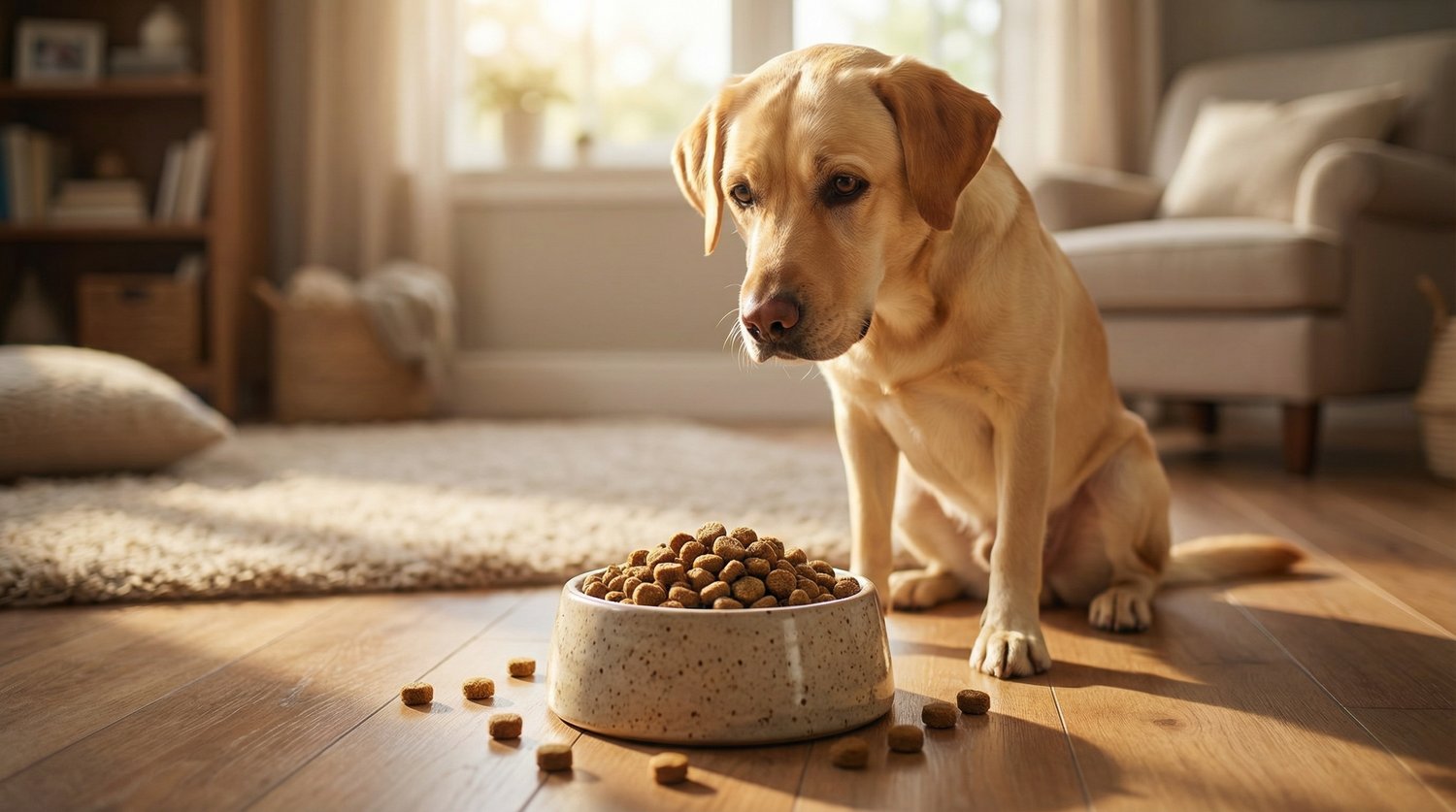
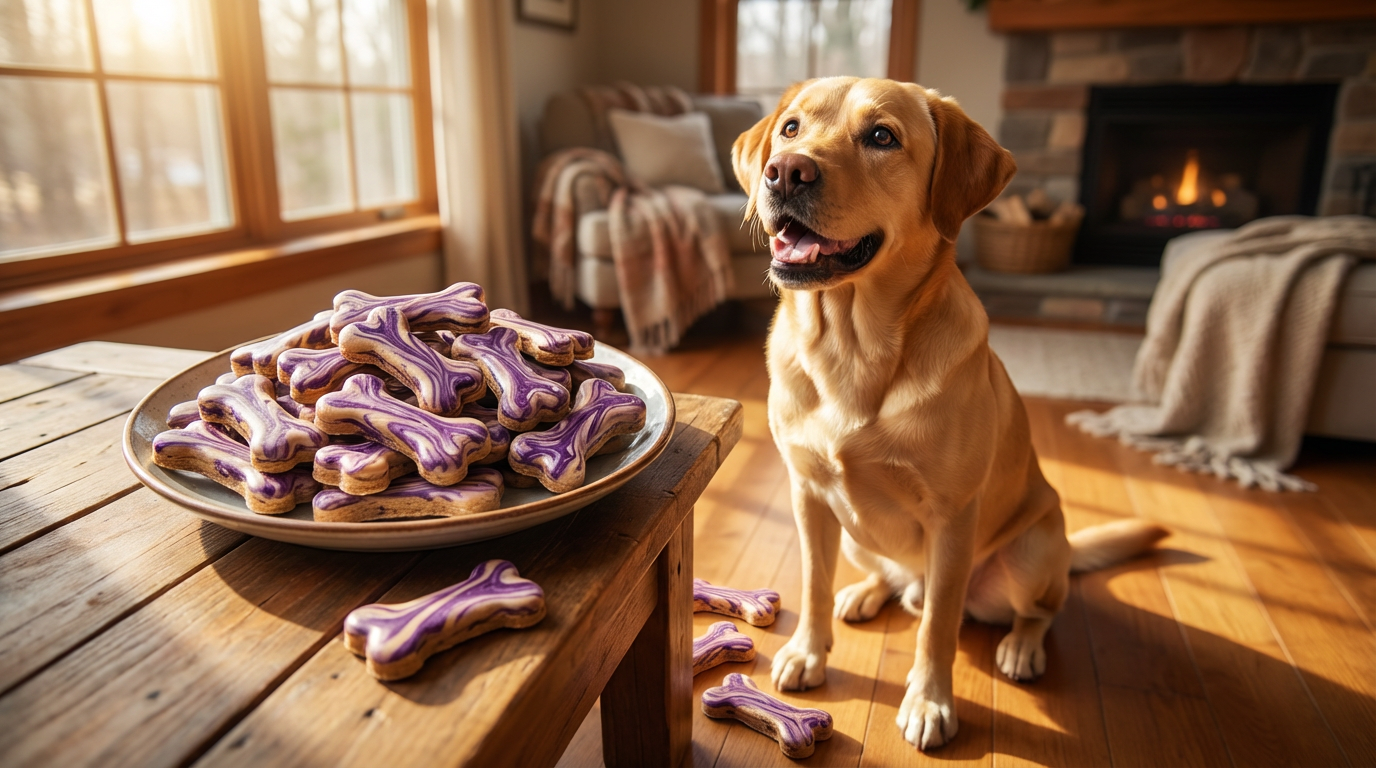


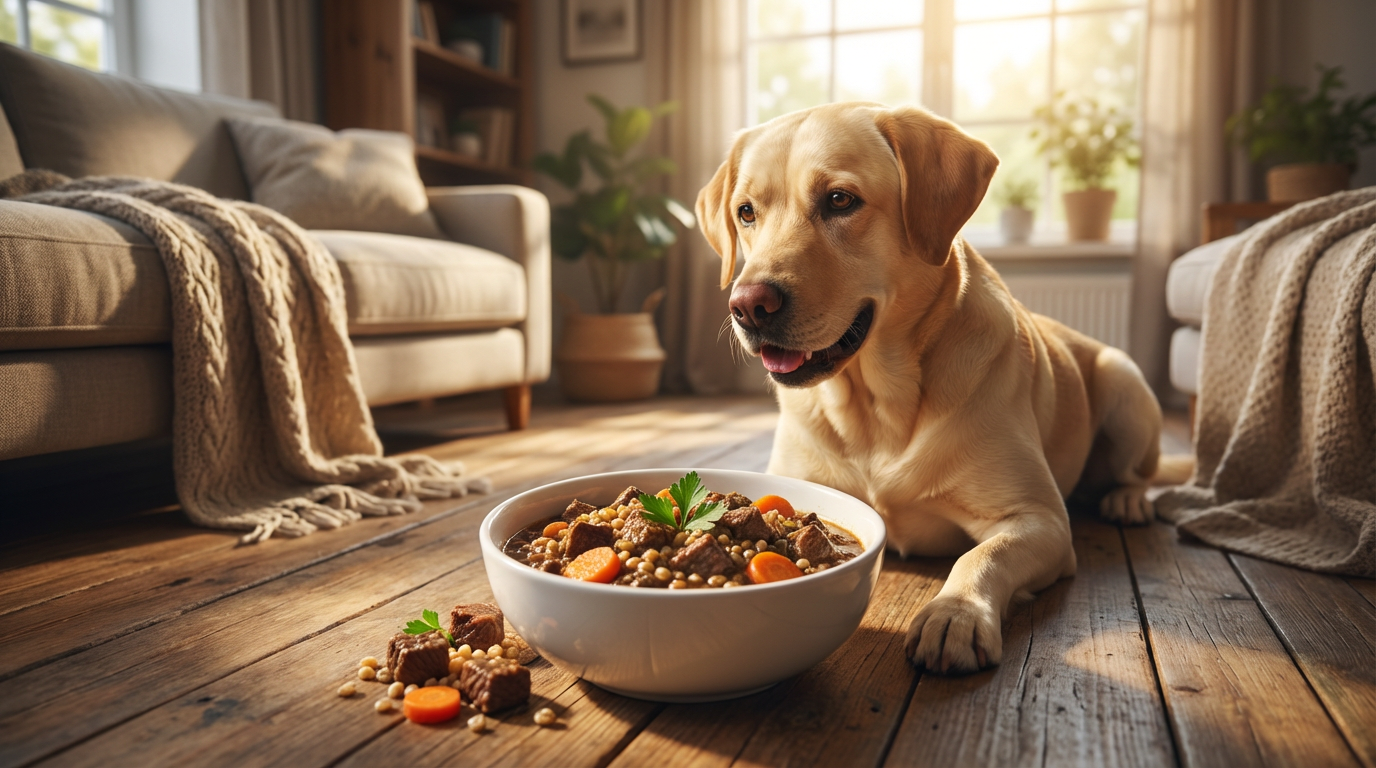

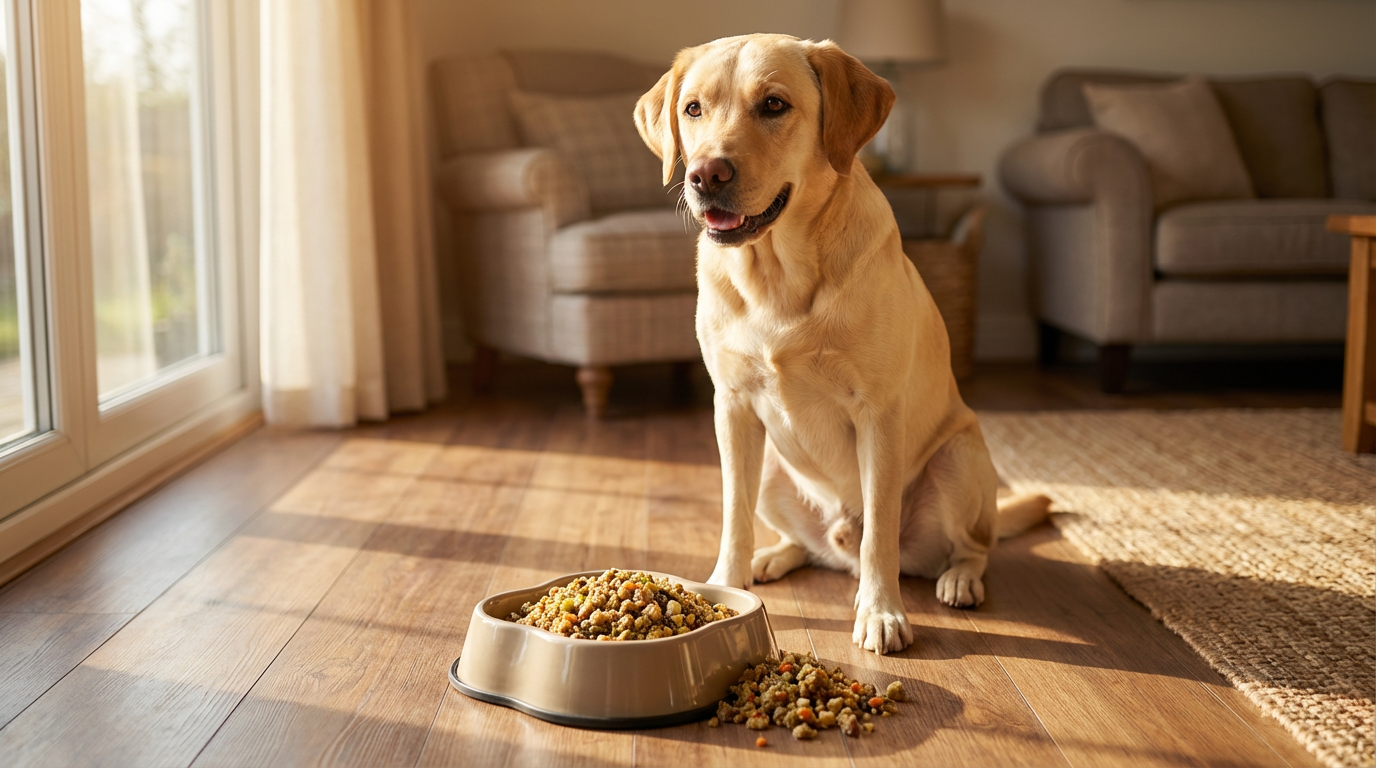

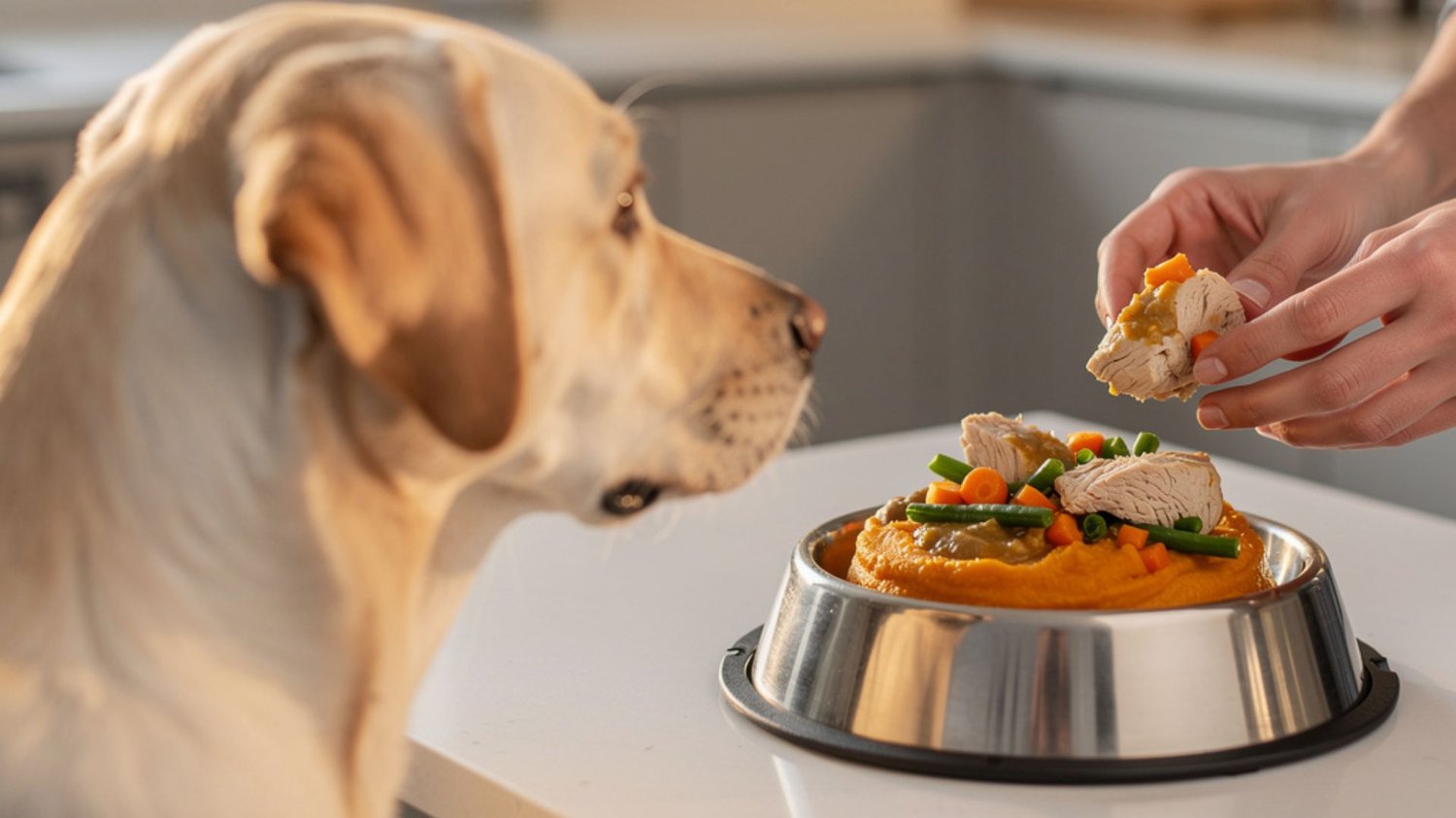
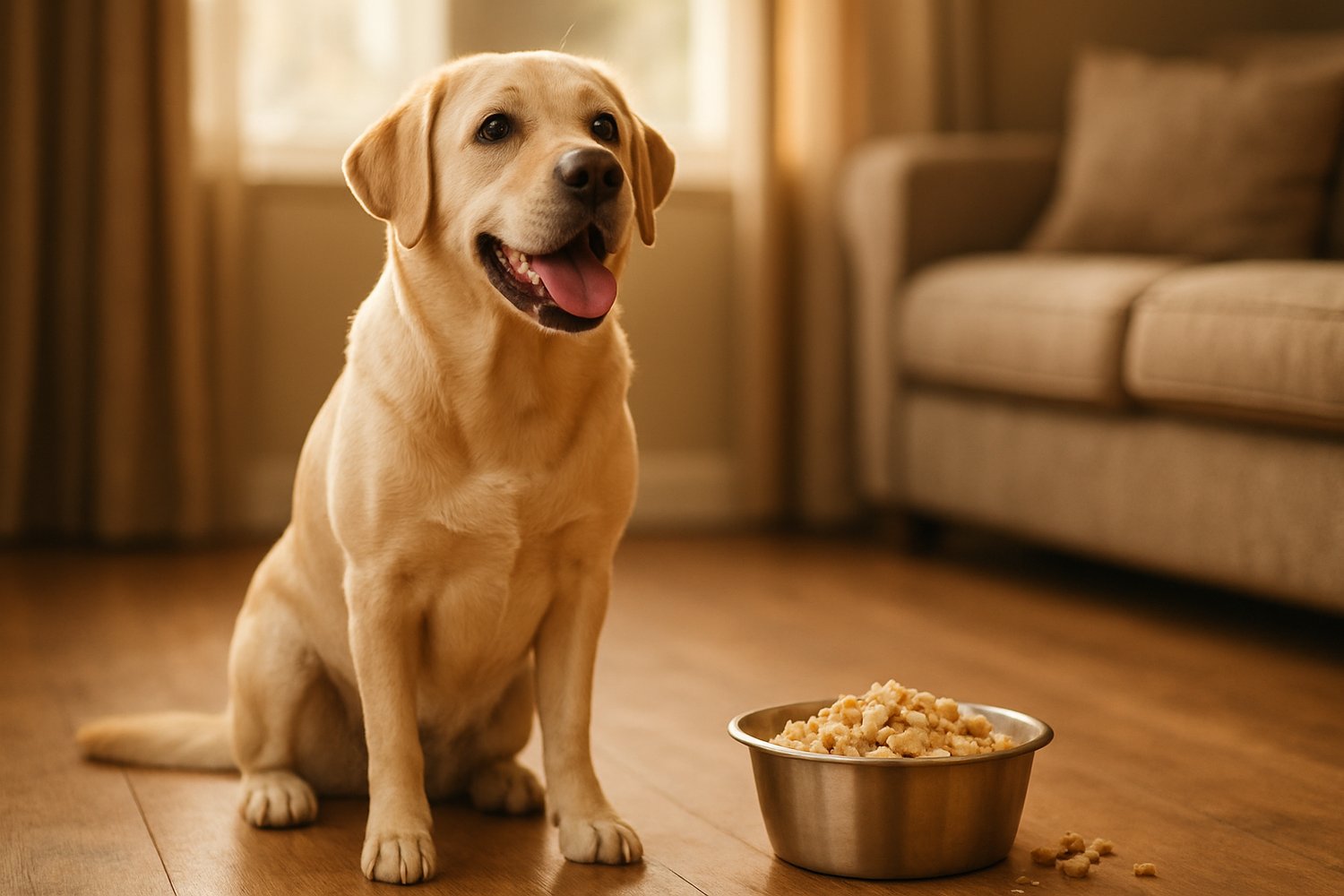
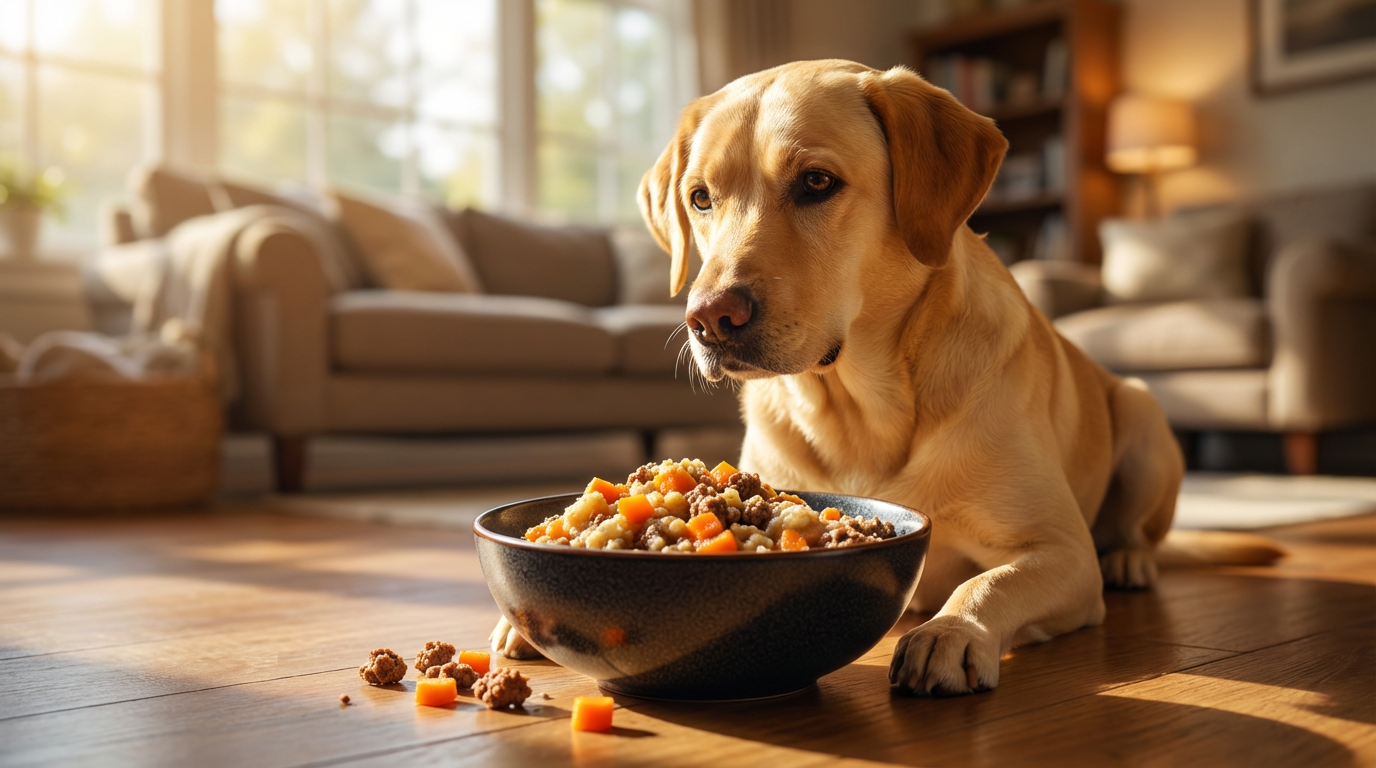
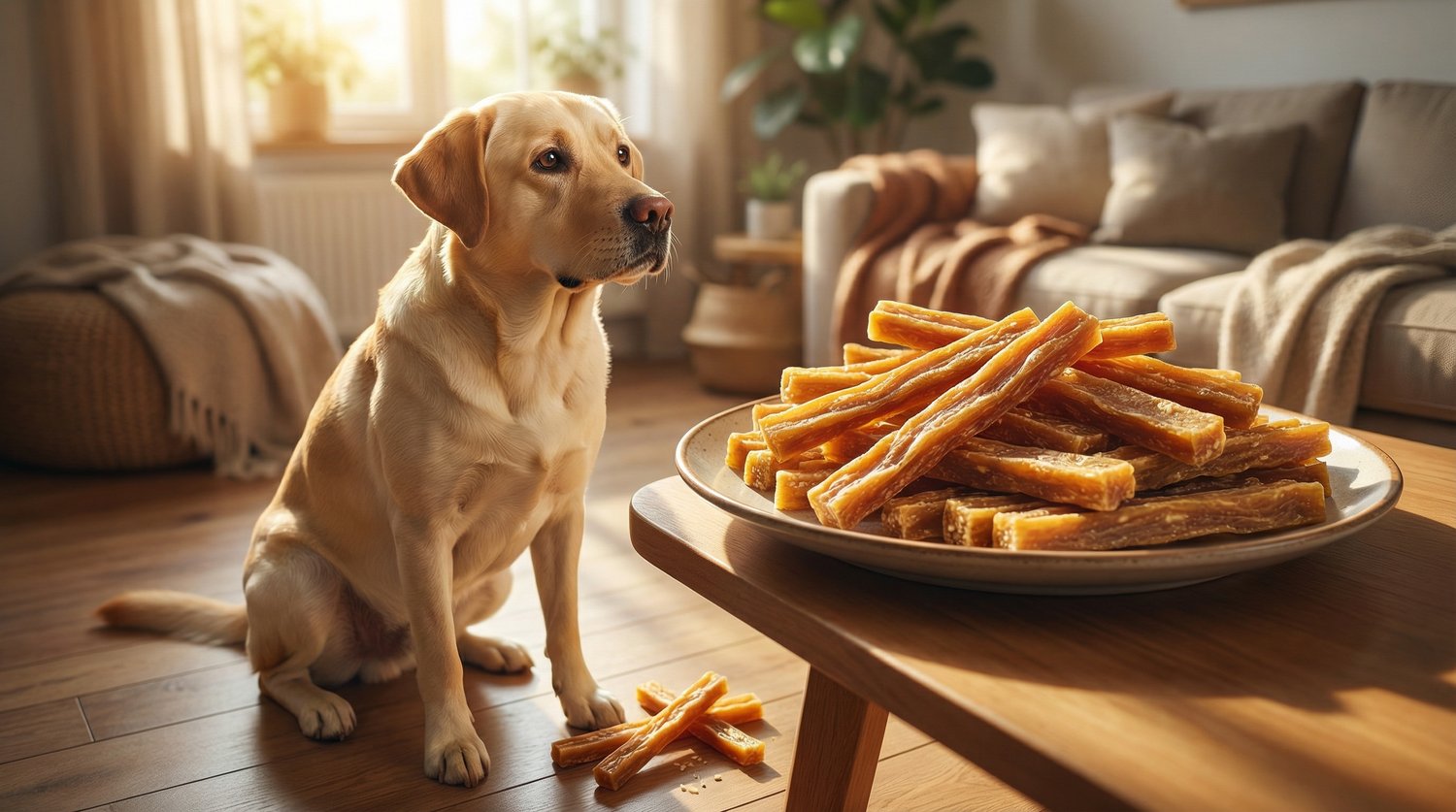
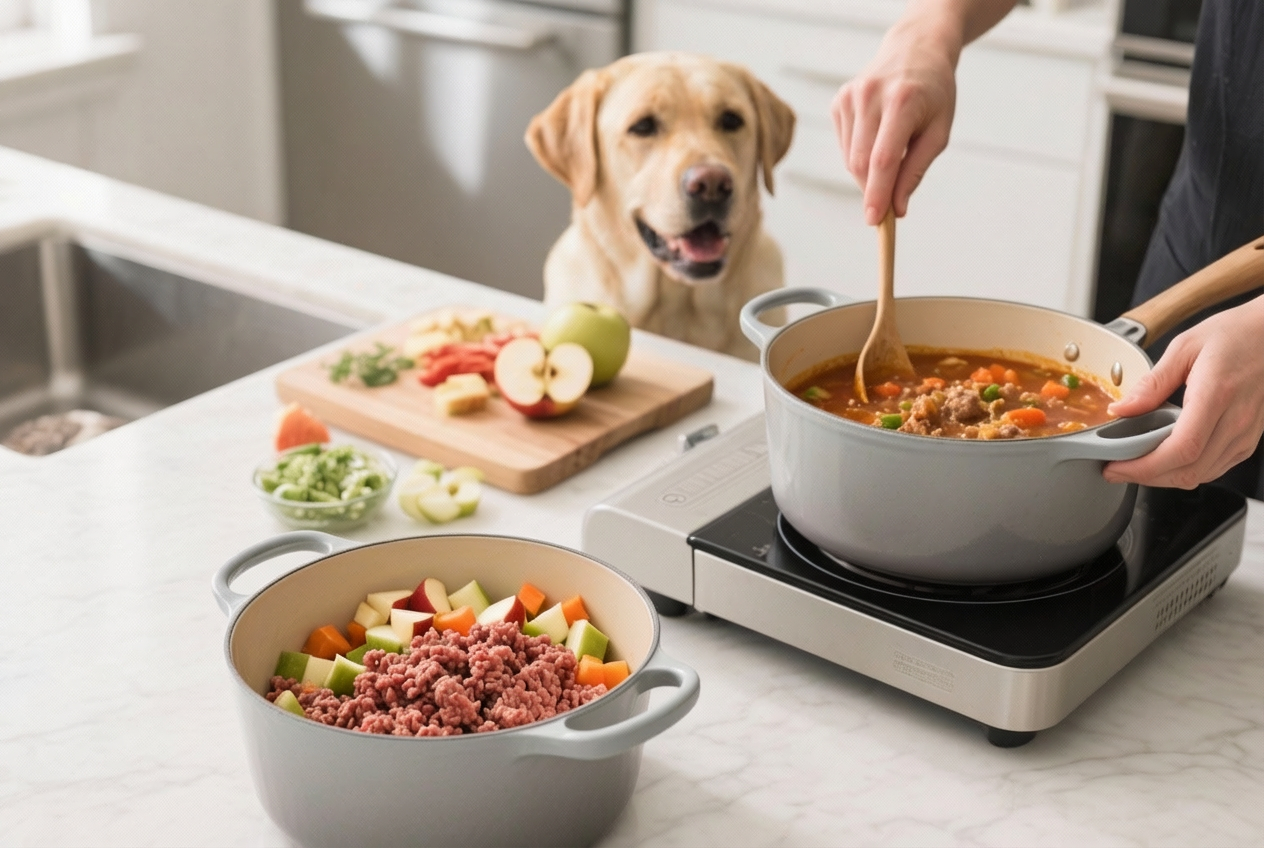
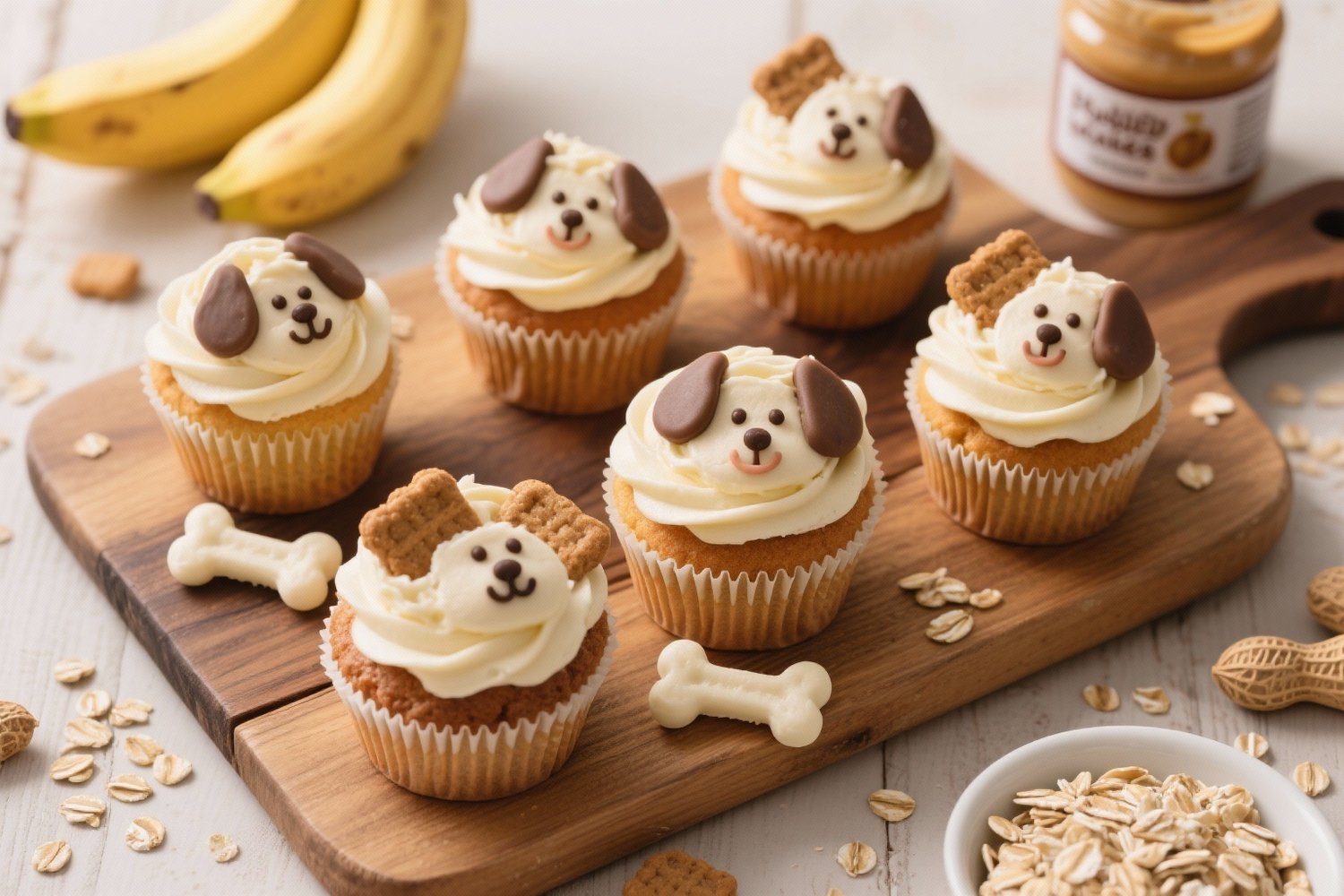
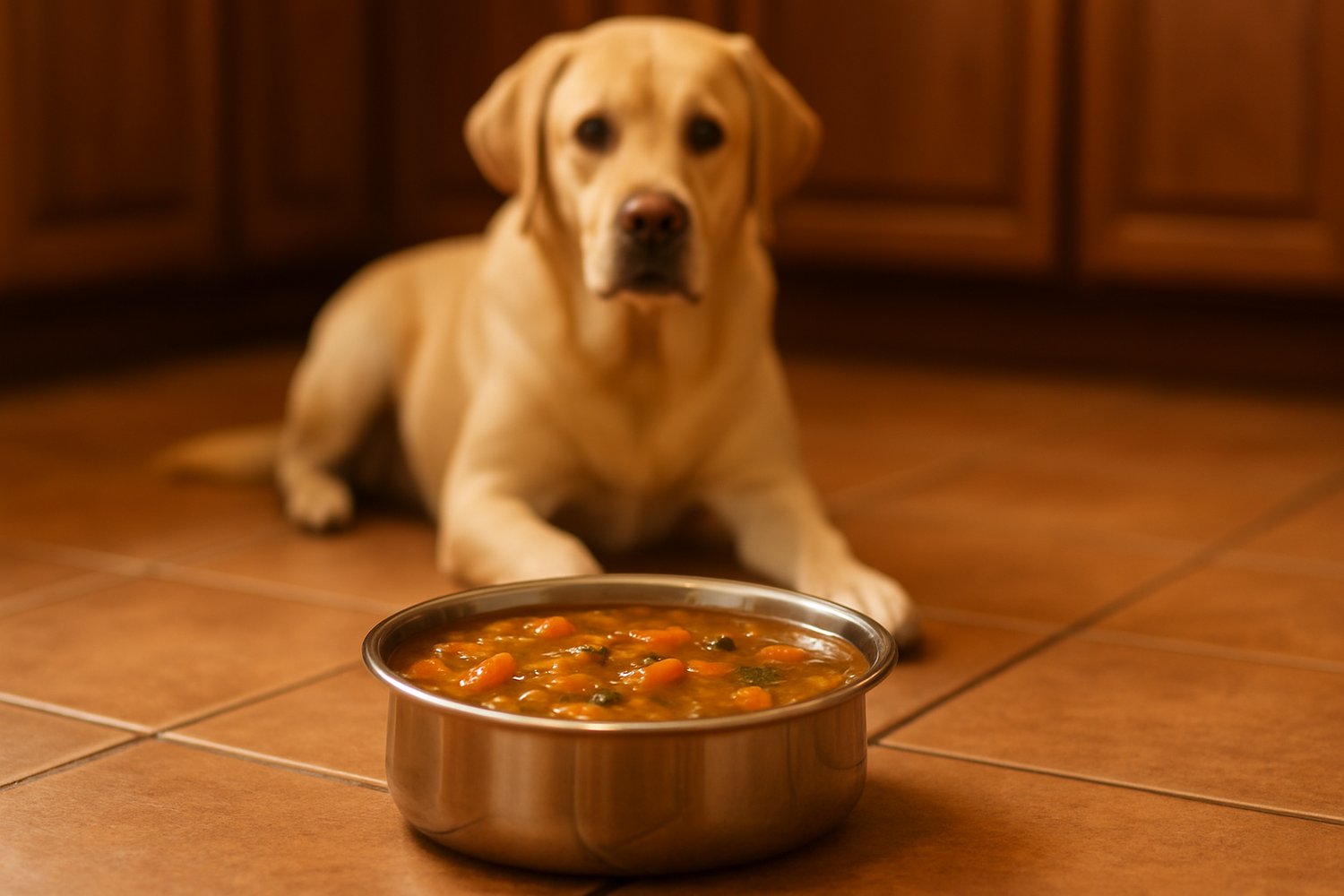

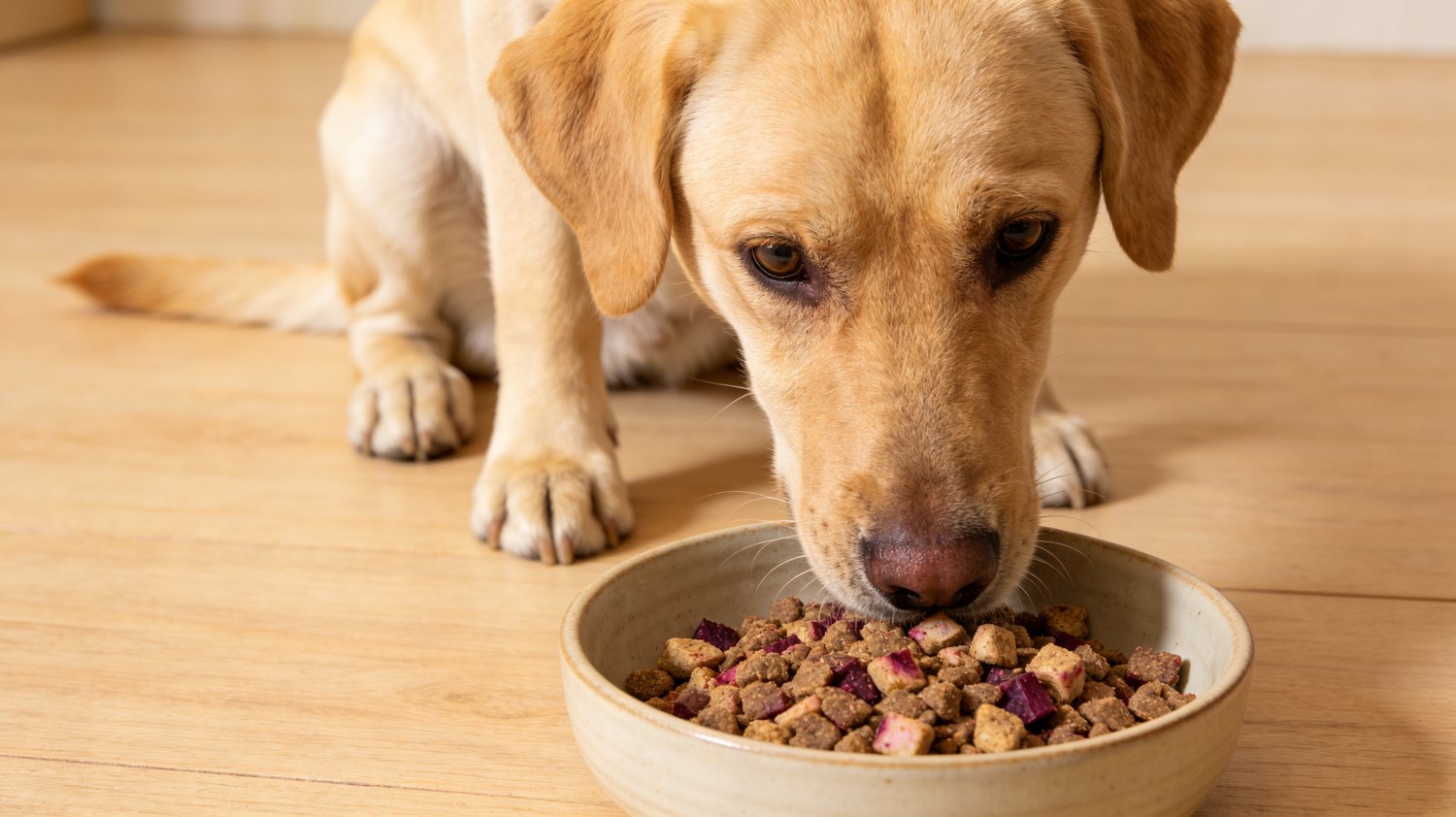
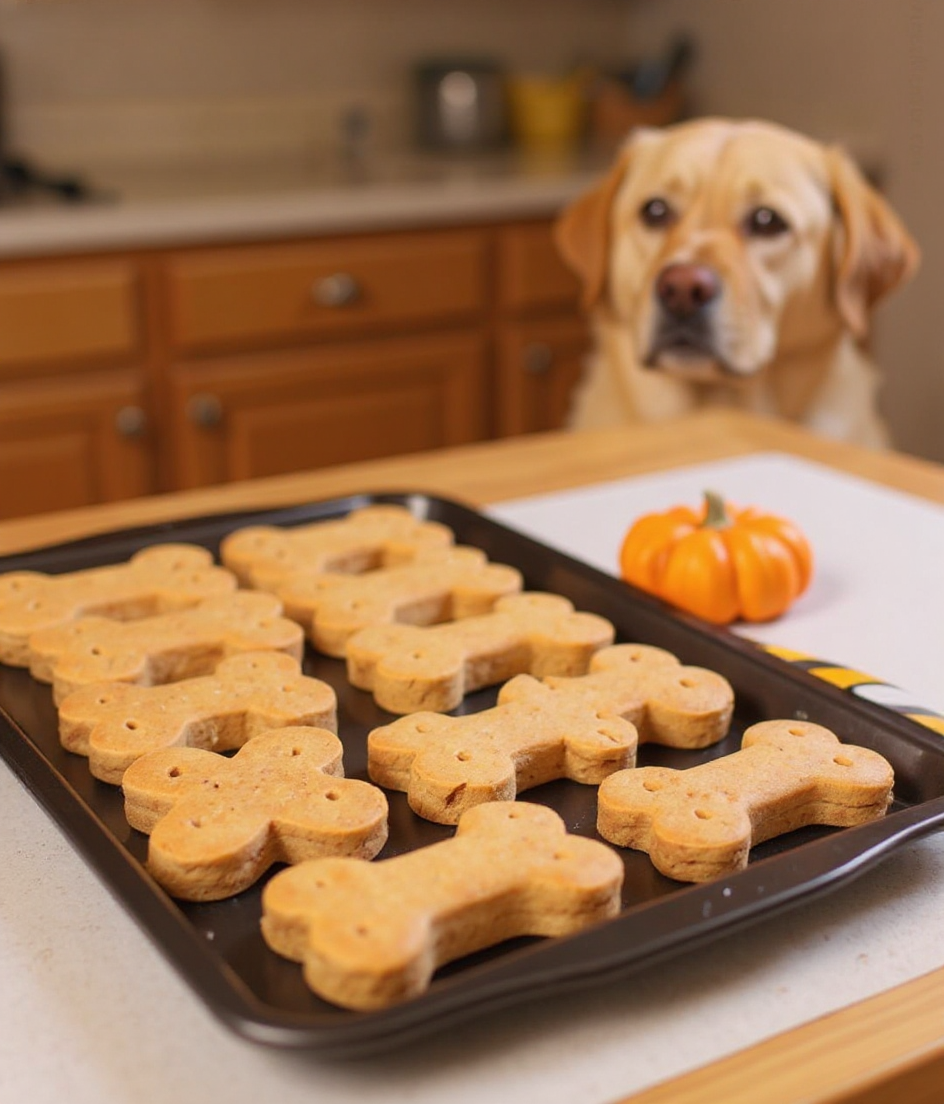
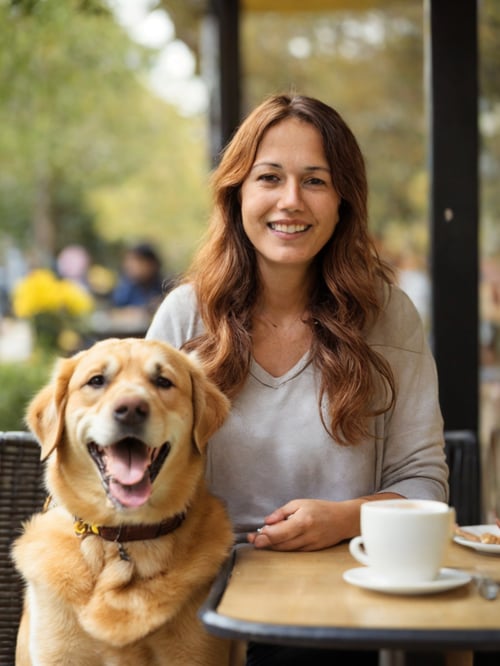

Comments ()